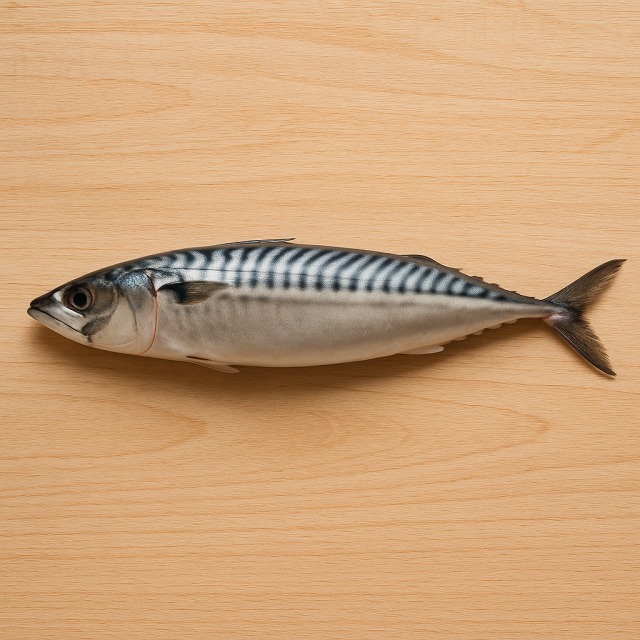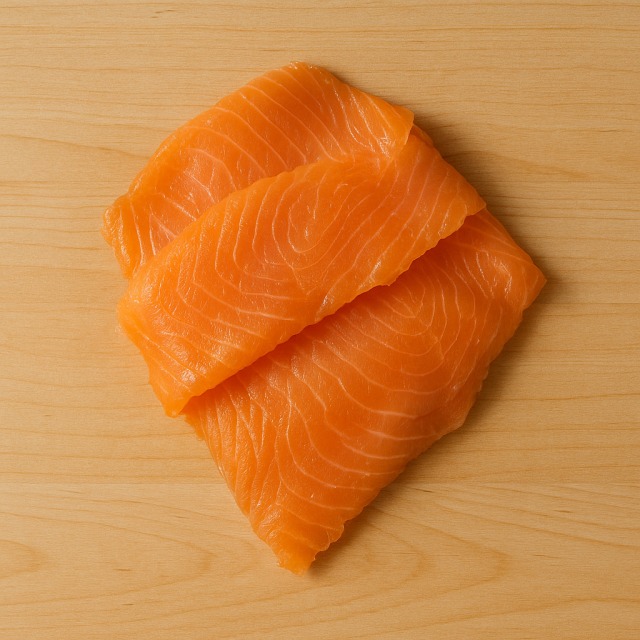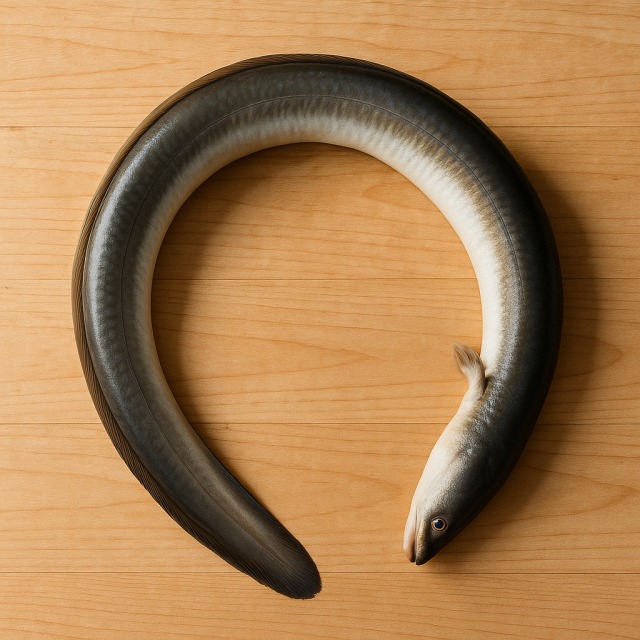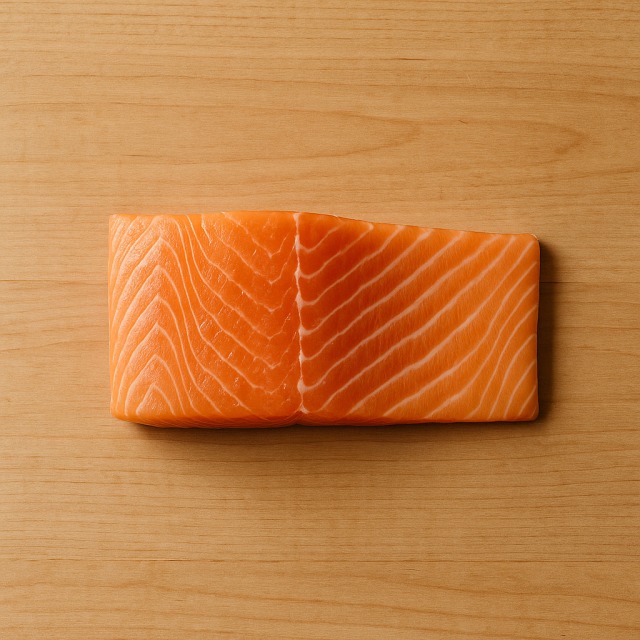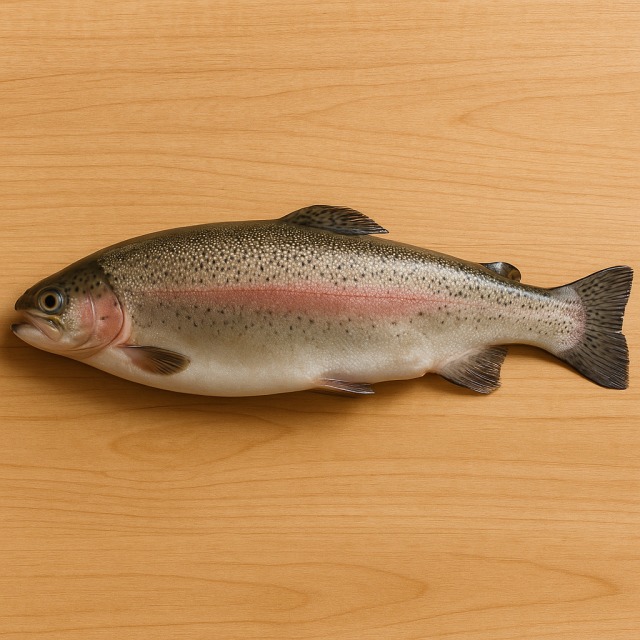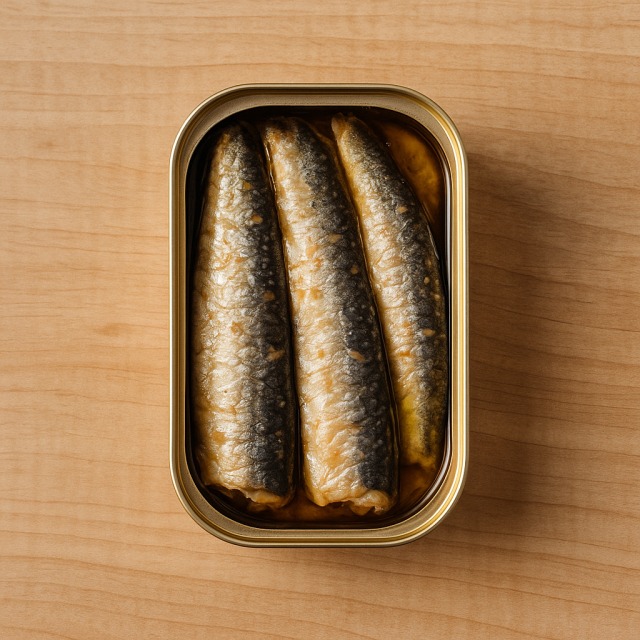Calorie Chart / Fish / Sardine
How Many Calories Are in Sardine?
Calculation of the nutritional value & Recommended Dietary Intake of sardine
For g and a calorie requirement of kcal
| Calories 48 kcal | Proteins 6 g | Lipids 2.7 g | Carbohydrates 0 g |
| 2% | 8% | 4% | 0% |
Health benefits of sardine
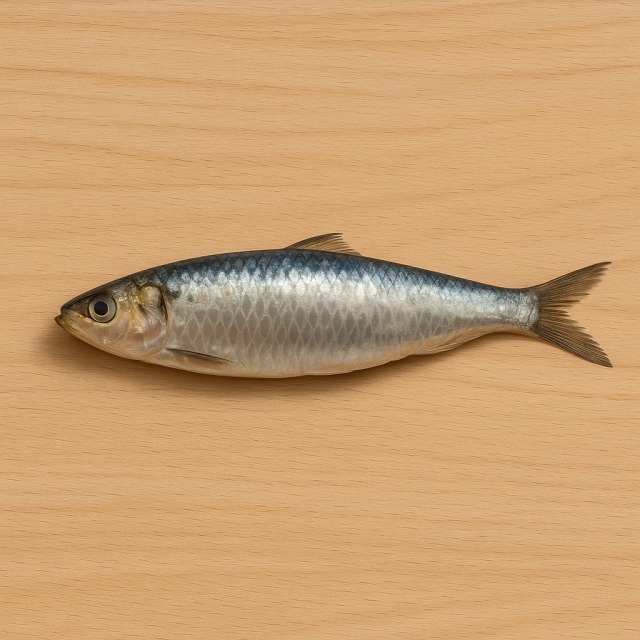
Sardine - 100g
Calories 161 kcal
Proteins 20 g
Lipids 9 g
Carbohydrates 0 g
With about 161 kcal per 100 g, sardine belongs to the moderate-calorie seafood group: it provides more calories than very lean fish such as cod but still far fewer than fatty cuts of meat. This energy mainly comes from high-quality proteins and heart-friendly lipids.
Nutritionally, sardine is one of the richest natural sources of marine omega-3 (EPA & DHA). These fatty acids are associated with a reduction in cardiovascular risk and may help regulate triglycerides—an extra reason why its calories are often described as "good calories." The fish also delivers remarkable amounts of vitamin B12 (for red-blood-cell formation), vitamin D (bone health and immunity), and niacin (B3).
Its edible bones are packed with highly bioavailable calcium and phosphorus, while the flesh supplies selenium, iodine, and iron in useful quantities. Thanks to this dense micronutrient profile, the calories in sardine come with a whole package of benefits, which explains why athletes and people recovering from under-eating frequently choose it.
Historically, sardines were first canned in Brittany in the 19th century. The species is still considered a sustainable choice when fished responsibly, so you can enjoy its calories without a guilty environmental footprint.
Tips for incorporating sardine into a balanced diet
Because sardine already contains satisfying proteins and moderate calories, pair it with fibre-rich sides to obtain a balanced plate. A classic option is a Mediterranean bowl: grilled sardine fillets served over brown rice, diced tomato, and fresh herbs—add a squeeze of lemon for brightness.
If you need a quick high-energy snack after training, mash canned sardines with a spoon of homemade avocado purée and spread it on wholemeal bread. You will get satiating good fats plus slow-release calories.
For a lighter dinner, bake sardines on a bed of thinly sliced zucchini and eggplant, Provençal-style, or fold them into a warm ratatouille. This vegetable load increases volume without adding many extra calories.
Finally, replace tuna in your favourite pasta salad with grilled sardine; you will cut mercury, gain omega-3, and keep the total calories in check.
Frequently Asked Questions
- How many calories are in sardine?
- There are 161 kcal per 100 g.
- Is sardine suitable for weight loss?
- Yes. Despite its moderate calories, sardine is rich in proteins and omega-3, which promote satiety. When combined with low-calorie sides like cucumber or lettuce, it can fit perfectly into a calorie-controlled plan.
- Are canned sardines in oil higher in calories than fresh sardines?
- Usually, yes. Oil-packed varieties absorb part of the oil, raising total calories compared with fresh or sardines canned in water or tomato sauce.
- What nutrients make sardine interesting for athletes?
- Its complete proteins help muscle recovery, the omega-3 fatty acids may reduce exercise-induced inflammation, and vitamin B12 supports energy metabolism—valuable benefits that go beyond simple calorie counting.
- How can I cook sardines while keeping calories low?
- Prefer grilling, baking, or steaming rather than frying. Brushing the fish with a little olive oil and herbs before grilling adds flavour with minimal additional calories.
- Is sardine a safer low-mercury alternative to tuna?
- Yes. Sardine is a small, short-lived fish, so it accumulates far less mercury than larger species such as tuna, making its calories safer for frequent consumption.
Similar foods
Information provided by Calorie Menu may contain inaccuracies or errors. It cannot, under any circumstances, substitute medical advice or medication.
